As an Expert Article Writer, I am here to bring you a long-form, unique, creative, and human-like article on the topic of Asian ideas. So, let’s dive into the wonderful world of Asian inspiration and culture!
The Beauty of Asian Calligraphy
Asian calligraphy is a stunning art form that has captivated people for centuries. The delicate strokes and intricate characters create a sense of elegance and beauty. Whether it’s the graceful curves of Chinese brush calligraphy or the precise lines of Japanese kanji, each stroke holds deep meaning and symbolism.
In Asian cultures, calligraphy holds a special place. It is not just a form of writing, but also a form of artistic expression. The characters themselves are considered an art form and are often displayed in paintings, scrolls, and even on everyday objects like ceramics and textiles.
 One can’t help but be mesmerized by the flowing lines and intricate details of cursive calligraphy. It’s no wonder that it has become a popular choice for tattoos, artwork, and even logo designs.
One can’t help but be mesmerized by the flowing lines and intricate details of cursive calligraphy. It’s no wonder that it has become a popular choice for tattoos, artwork, and even logo designs.
The Timeless Appeal of Cursive Handwriting
Cursive handwriting, with its elegant and flowing style, has its roots in ancient Asian calligraphy. It is a writing style that exudes sophistication and has stood the test of time.
While cursive handwriting has been largely replaced by digital fonts and typing, there is still something magical about putting pen to paper and creating beautiful, interconnected letters.
It’s not just about the aesthetics, though. Studies have shown that cursive handwriting can have cognitive benefits, such as improved memory, focus, and creativity. It also helps develop fine motor skills and hand-eye coordination.
 With the rise of digital communication, there is an increasing concern that cursive handwriting may become a lost art. However, there are still passionate advocates who believe in keeping this timeless form of expression alive.
With the rise of digital communication, there is an increasing concern that cursive handwriting may become a lost art. However, there are still passionate advocates who believe in keeping this timeless form of expression alive.
Rediscovering the Joy of Handwritten Letters
In a world dominated by emails and instant messaging, receiving a handwritten letter is like a breath of fresh air. The personal touch and thoughtfulness that come with a handwritten letter can’t be replicated by any digital communication.
In many Asian cultures, the art of letter writing holds a special place. It is seen as a way to express emotions, build relationships, and connect with others on a deeper level.
When was the last time you received a handwritten letter? How did it make you feel? Take a moment to reflect on the emotions it evoked and the memories it created.
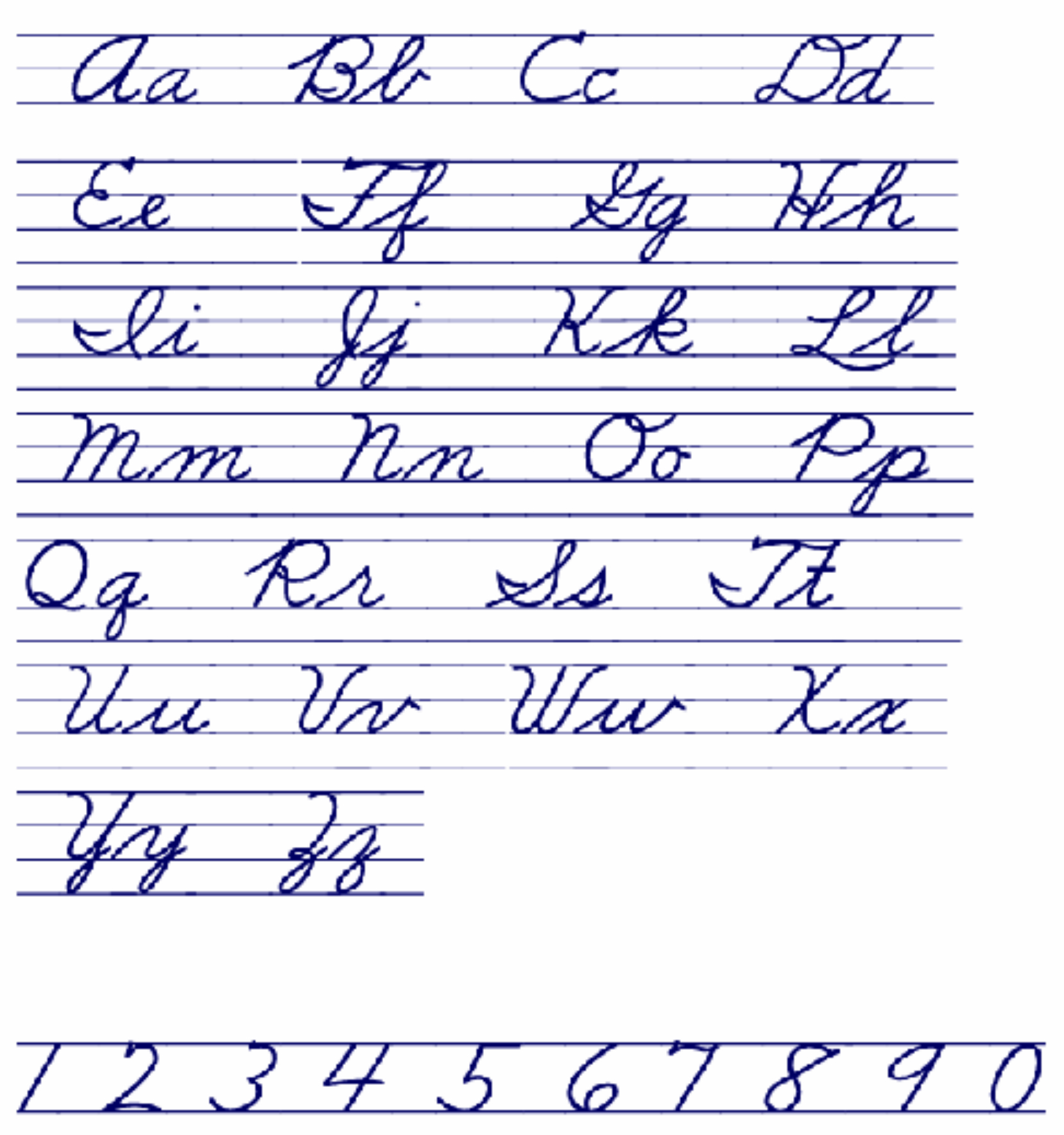 There is a certain nostalgia associated with receiving and sending handwritten letters. It takes us back to a time when communication was slower, but perhaps more meaningful.
There is a certain nostalgia associated with receiving and sending handwritten letters. It takes us back to a time when communication was slower, but perhaps more meaningful.
The Art of Cursive Writing
As we’ve explored the beauty and significance of cursive handwriting, let’s delve deeper into the art of cursive writing itself. Whether you’re a beginner or an experienced calligrapher, there’s always something new to learn and explore.
Cursive writing is not just about making the right strokes and forming the letters correctly. It’s about finding your own unique style and expressing yourself through your handwriting.
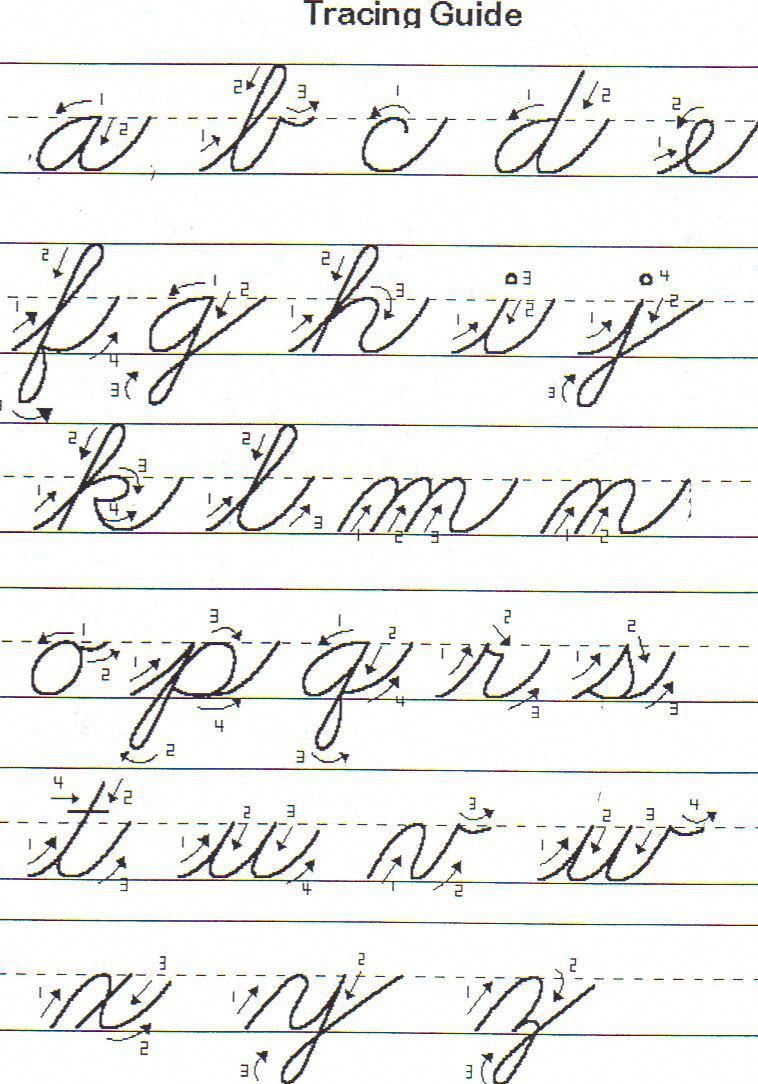 Just like any form of art, cursive writing requires practice, patience, and a willingness to experiment. It’s about finding the balance between precision and freedom, between structure and expression.
Just like any form of art, cursive writing requires practice, patience, and a willingness to experiment. It’s about finding the balance between precision and freedom, between structure and expression.
So, grab a pen, a piece of paper, and let your creativity flow. Don’t worry about perfection; embrace the imperfections and enjoy the journey of self-discovery through cursive writing.
Education and Cursive Handwriting
In recent years, there has been a debate about whether cursive handwriting should still be taught in schools. With the increasing emphasis on digital literacy, some argue that cursive is no longer necessary in the modern world.
However, many educators and experts believe that cursive handwriting has unique benefits for students. It helps improve reading and spelling skills, enhances fine motor skills, and even promotes brain development.
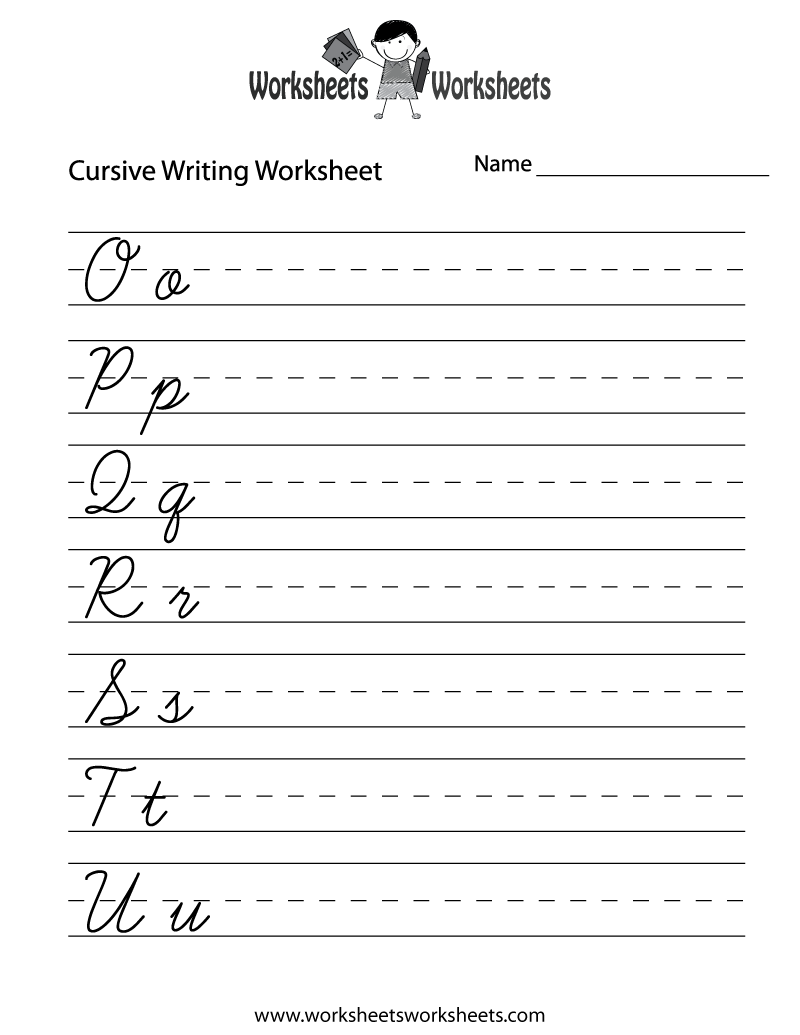 Moreover, cursive writing can foster a sense of pride and accomplishment in students. It’s like learning a new language or mastering a musical instrument; it requires dedication and practice, but the rewards are tremendous.
Moreover, cursive writing can foster a sense of pride and accomplishment in students. It’s like learning a new language or mastering a musical instrument; it requires dedication and practice, but the rewards are tremendous.
So, should cursive handwriting continue to be part of the curriculum? It’s a question that sparks lively debates, and the answer may vary depending on cultural and educational contexts.
Handwriting in the Digital Age
As we embrace the digital age, it’s important to find a balance between technology and the traditional art of handwriting. While digital tools have undoubtedly made our lives easier and more efficient, there is still value in preserving and cherishing our handwritten heritage.
Writing by hand engages our senses in a unique way. The touch of pen on paper, the sound of the stroke, and the smell of ink evoke a sensory experience that typing on a keyboard can never replicate.
 Moreover, studies have shown that writing by hand can improve information retention and cognitive processing. It enhances critical thinking skills and allows for a deeper understanding of the subject matter.
Moreover, studies have shown that writing by hand can improve information retention and cognitive processing. It enhances critical thinking skills and allows for a deeper understanding of the subject matter.
So, let’s not abandon the art of handwriting in the face of technology. Instead, let’s find ways to incorporate it into our lives and continue to appreciate the beauty and value it brings.
Teaching Cursive to the Next Generation
As we navigate the changing landscape of education, it’s essential to ensure that future generations have the opportunity to learn cursive handwriting.
Parents, educators, and policymakers play a crucial role in preserving this vital skill. By advocating for the inclusion of cursive writing in school curricula and encouraging its practice at home, we can ensure that it continues to thrive.
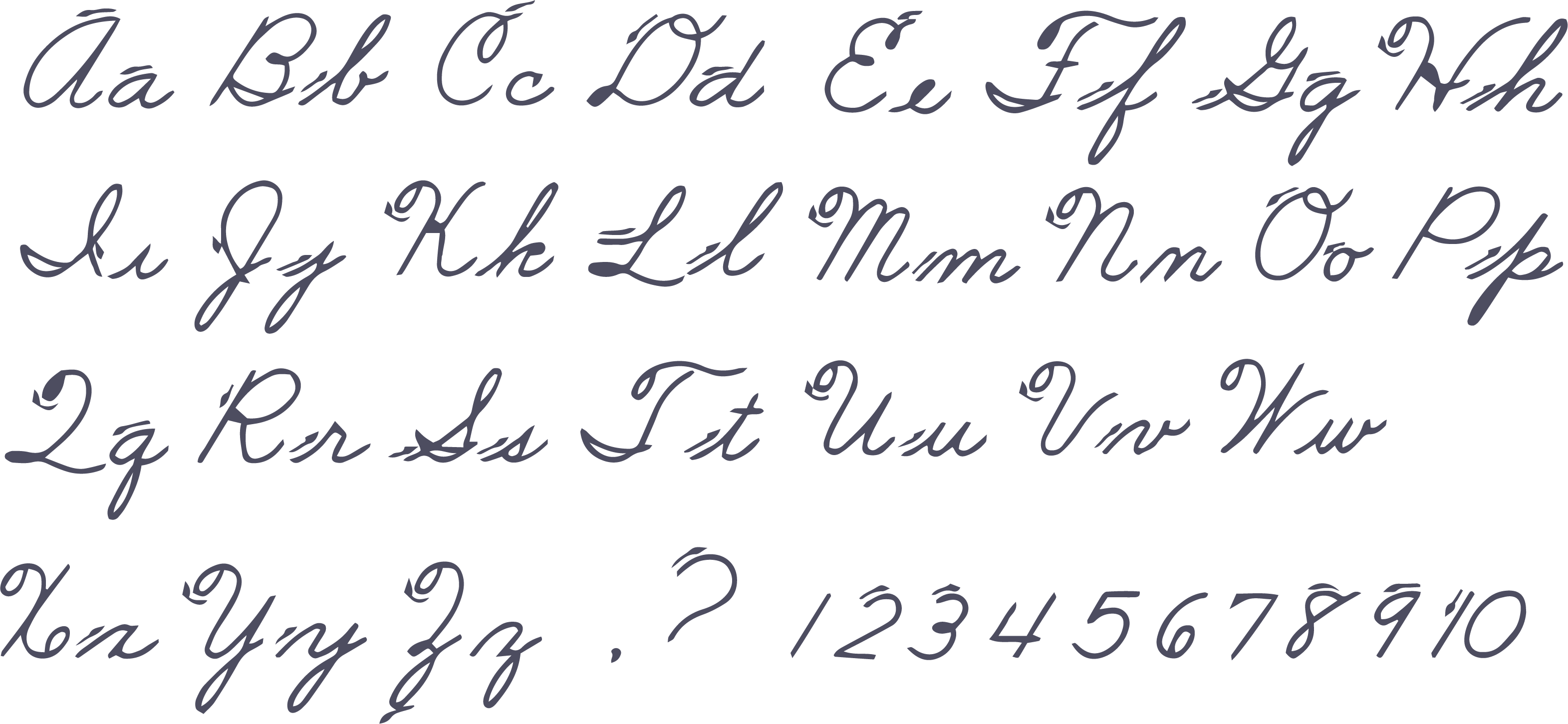 There are many resources available to help children learn cursive handwriting. From worksheets to online tutorials, these tools can make the learning experience fun and engaging.
There are many resources available to help children learn cursive handwriting. From worksheets to online tutorials, these tools can make the learning experience fun and engaging.
So, let’s inspire the next generation to pick up a pen and discover the joy of cursive writing. Who knows, they might uncover their own unique style and contribute to the rich tapestry of handwriting traditions.
The Importance of Tracing and Practice
Whether you’re a beginner or looking to improve your cursive handwriting, tracing worksheets can be a helpful tool. Tracing allows you to get a feel for the strokes and letterforms, helping you develop muscle memory.
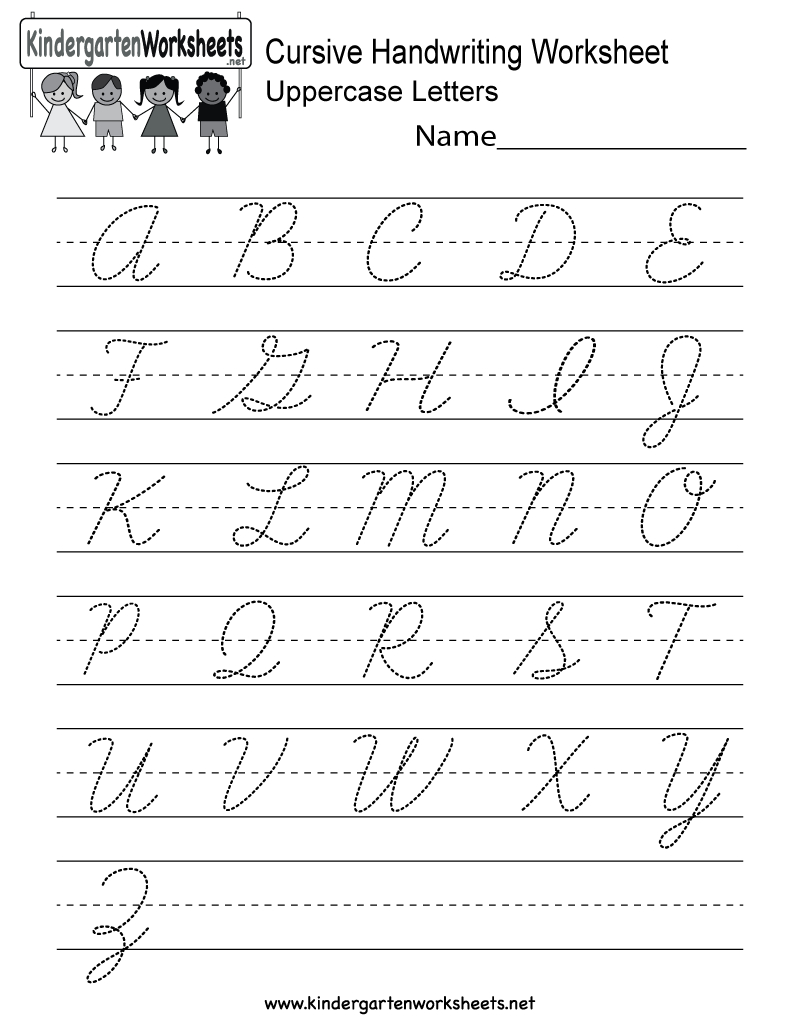 Practice is key when it comes to mastering cursive handwriting. Set aside dedicated time each day to practice and focus on specific letters or words that you find challenging.
Practice is key when it comes to mastering cursive handwriting. Set aside dedicated time each day to practice and focus on specific letters or words that you find challenging.
Remember, progress takes time, so be patient with yourself. Celebrate small victories along the way and keep pushing forward.
Cursive Handwriting for Kids
Teaching cursive handwriting to kids can be a rewarding experience. Not only does it help develop their fine motor skills, but it also fosters creativity and self-expression.
 Make learning cursive fun by incorporating games, activities, and creative projects. Let them experiment with different writing tools, such as fountain pens or calligraphy brushes, to add an element of excitement to the learning process.
Make learning cursive fun by incorporating games, activities, and creative projects. Let them experiment with different writing tools, such as fountain pens or calligraphy brushes, to add an element of excitement to the learning process.
By nurturing a love for cursive writing in kids, we can ensure that this beautiful art form continues to flourish for generations to come.
Free Resources for Cursive Handwriting
Are you eager to delve deeper into the world of cursive handwriting? Luckily, there are numerous free resources available online to help you on your journey.
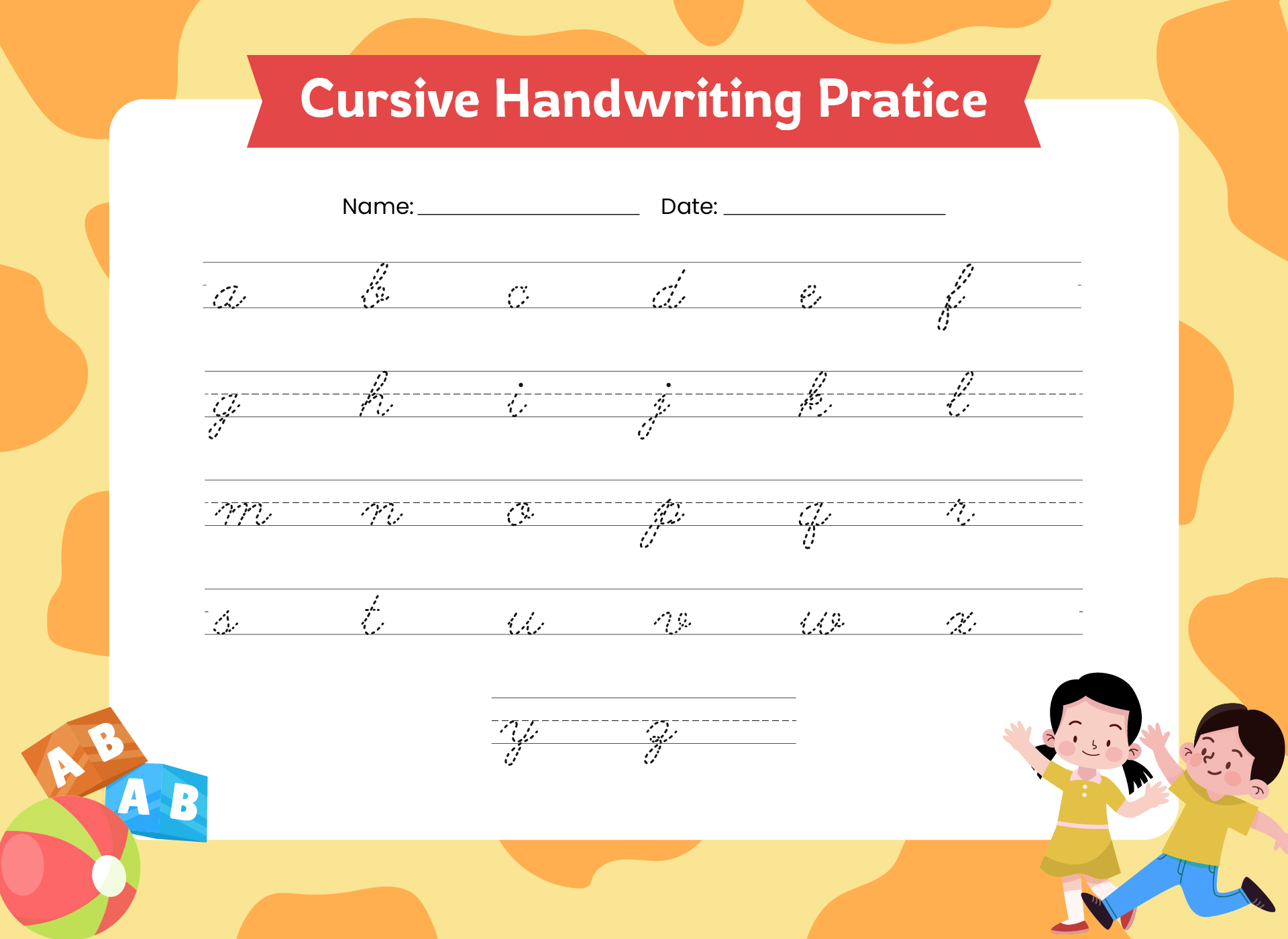 From printable worksheets to video tutorials, these resources can provide guidance and inspiration. Whether you’re a beginner or looking to refine your skills, there is something for everyone.
From printable worksheets to video tutorials, these resources can provide guidance and inspiration. Whether you’re a beginner or looking to refine your skills, there is something for everyone.
Take advantage of these free resources and embark on your cursive handwriting adventure today!
Embracing the Elegance of Cursive Handwriting
In a world driven by technology, it’s more important than ever to preserve and celebrate the art of cursive handwriting.
From its rich cultural heritage to its cognitive benefits, cursive writing offers a multitude of reasons to keep it alive. It’s a form of self-expression, a connection to our past, and a way to engage our senses in a digital age.
So, let’s pick up a pen and embrace the elegance of cursive handwriting. Whether you’re writing a love letter or simply jotting down a note, let the strokes flow and words come to life on the page.
Discover the joy of cursive writing and unlock a world of beauty and creativity with each stroke of the pen.
Conclusion
Asian calligraphy and cursive handwriting are more than just ways to write; they are art forms, expressions of culture, and gateways to self-expression. They have stood the test of time, offering both beauty and cognitive benefits.
As we navigate the digital age, it’s important to remember the value of handwriting and find ways to incorporate it into our lives. Whether it’s through handwritten letters, practicing cursive, or teaching it to the next generation, we can ensure that this timeless art form continues to flourish.
So, let’s celebrate the elegance of cursive handwriting and embrace the beauty it brings to our lives.